Japanese and English, as well as other foreign languages, are quite different in terms of grammar and their usage.
There are many words that have the same meaning but slightly different nuances in Japanese, and it is difficult to learn them in direct relation to one’s native language and Japanese.
There are many people who introduce various ways to learn Japanese, but I will tell you my personal idea of how to learn Japanese based on the problems I feel when learning English.
- Remember Japanese characters: Hiragana and Katakana
- Have images of each Japanese character Hiragana
- Write your favorite Japanese words or remember your favorite character’s dialogue
- Focus on the details from the big things like word order, word endings, and particles.
- Read aloud many materials
- Polish your Japanese pronunciation and grammar.
- Memorize kanji through books and manga with furigana (beside kanji to indicate pronunciation)
The general sequence is as follows:
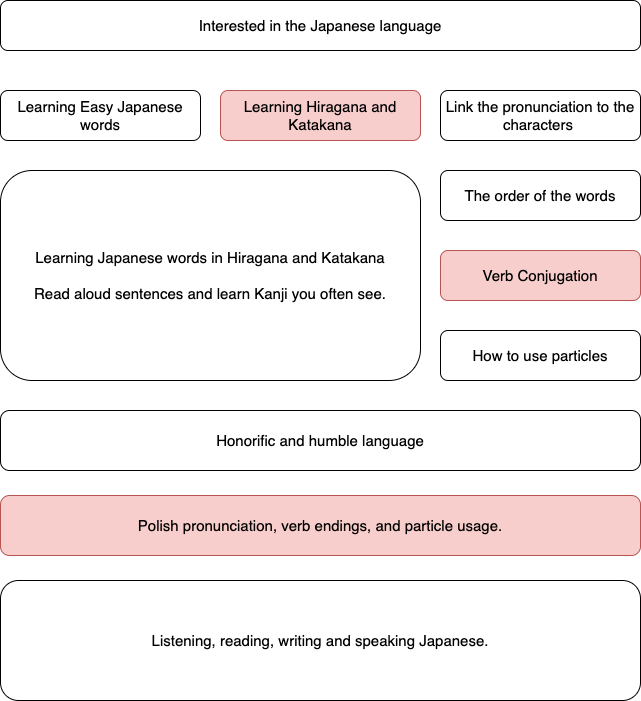
How do we actually learn Japanese?
We started to learn Hiragana at 6 or 7 years old. After mastering Hiragana, we learn Katakana and Kanji.
Katakana form looks a little like Kanji, so I got interested in Kanji.
And we wrote Kanji and read around every day. We listened to audio or used words used in a book written by someone else to write Japanese in hiragana, gradually increasing the number of kanji we could write.
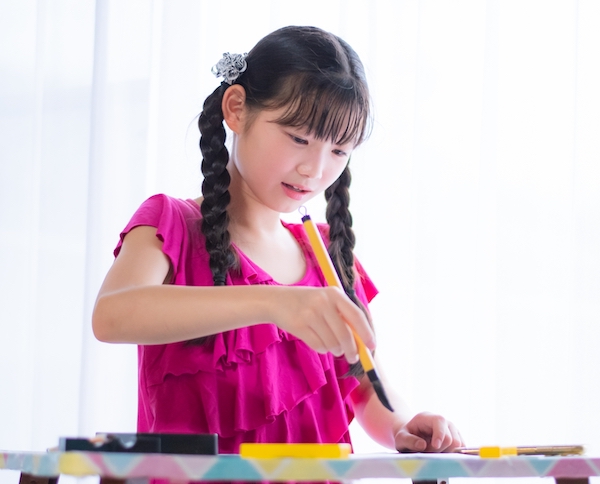
In junior high and high school, I memorized books with idioms and other special expressions and also learned kanji characters if I saw them for the first time.
I enjoyed memorizing kanji because they have fewer letters than hiragana, and kanji have meaning.
Tips : Don’t care about details at first
The use of particles and endings in Japanese has a certain regularity, but it is more a matter of the mouth becoming accustomed to them in the process of using them. As a child, the endings are wrong.
Don’t worry about the difference in Japanese pronunciation or the pronunciation of “ん” at first.

I also used to mistakes in writing kanji, reading kanji, and using similar words incorrectly.
I mistook 一応(ichiou) for 一様(ichiyou). These are similar sounds but 一応 means “anyway” and 一様 means “ordinary” or “everything is the same”. (Detailed meanings are difficult to remember unless you learn them with the text.)
Since Japanese often conveys meaning if the word order and words are understood, I think that minor changes can be made better by reinforcing them in turn.
Just as Japanese people have trouble putting past tenses and the end s of verbs in English, if you can say what you want to say first and then pay attention to tenses, you will learn quickly.
What are Japanese characters?
If you have an interest in the Japanese language, learning Japanese letters are the first challenge for you.
I will introduce the kind of Japanese characters quickly. These are different roles by type.
Hiragana ひらがな・平仮名
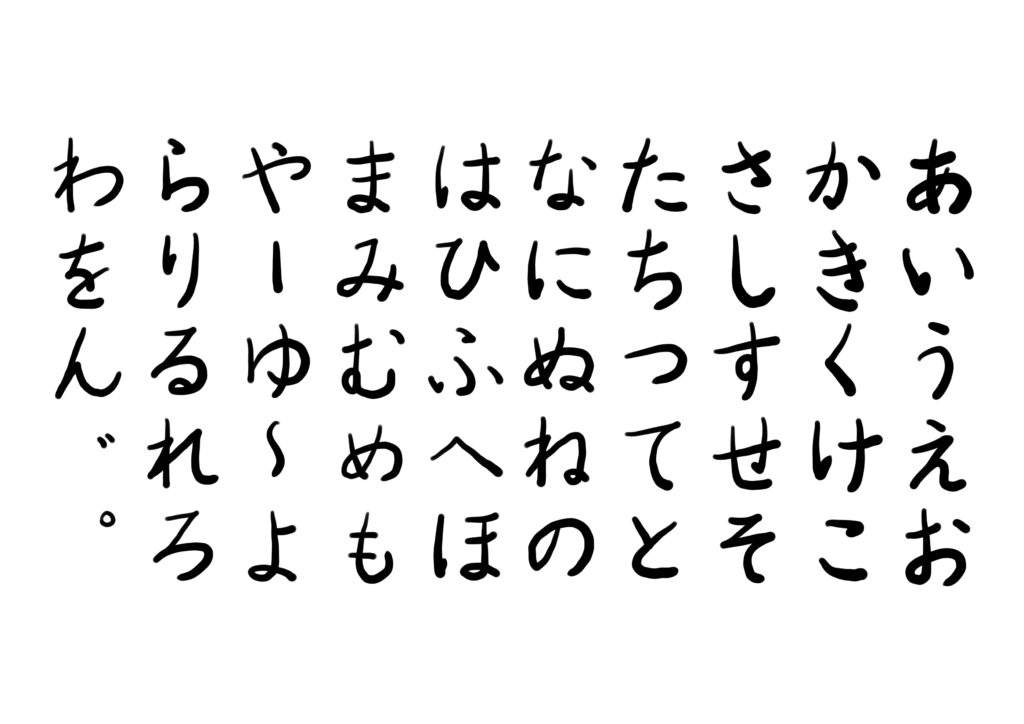
This is a basic character type. Hiragana expresses the sound in the Japanese language. One sound is assigned per letter.
The basis of a single sound is a set of consonants and vowels.
sky → so ra → そら(Hiragana)
All Japanese words that cannot be written in kanji or expressed in katakana are in hiragana.
If there is a kanji and you don’t know it, you can also write it in hiragana.
Katakana かたかな・片仮名
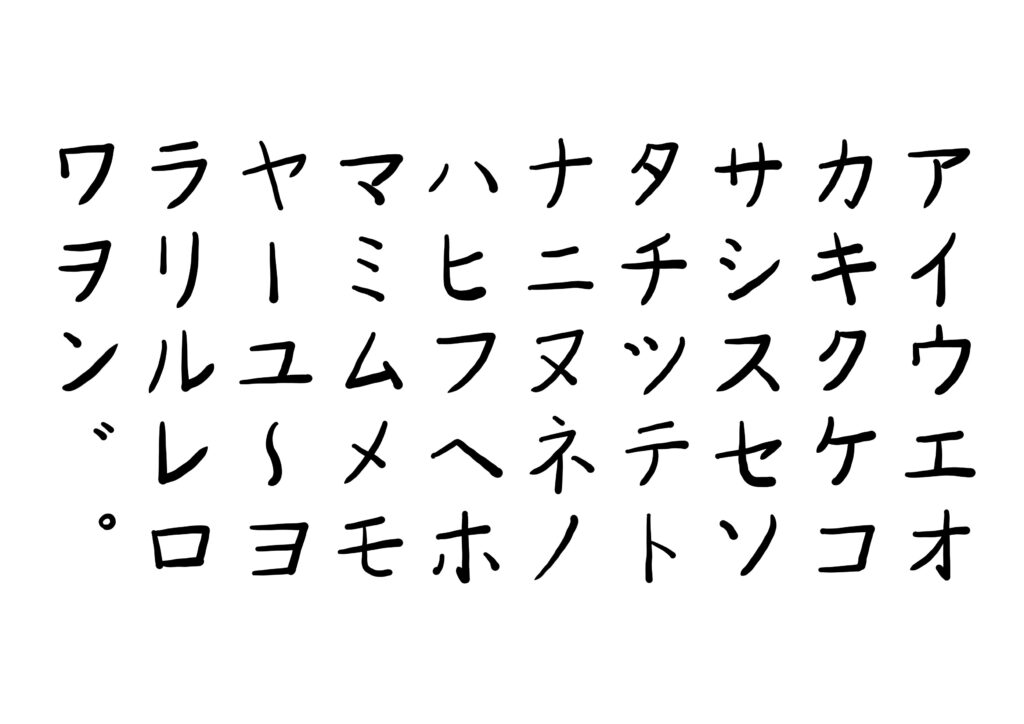
Katakana is a supplementary character to Hiragana.
Hiragana is used to express all words that can be considered Japanese, while katakana is used to express non-Japanese words without using the alphabet.
Names of people of foreign origin who do not have kanji in their names are written in katakana instead of letters of the alphabet.
sky → su ka i → スカイ(katakana)
Non-Japanese may not understand why this sound is used in Japanese. All we can say is that it is simply written in katakana so that it can be pronounced closer.
Not only English but all words of other national origins are expressed in katakana.
Sometimes, when writing a name, the reading kana must be written in katakana.
Kanji かんじ・漢字
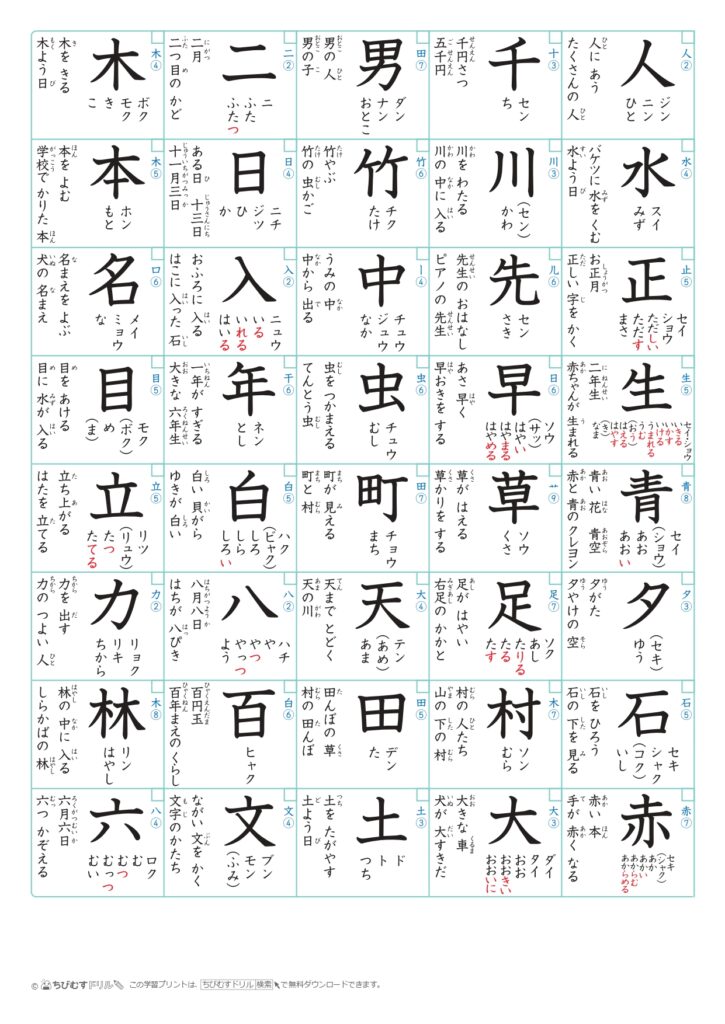

Kanji are words and concepts used in China. However, there are also kanji that originated in Japan, and many of them have different meanings than the Chinese characters.
A single kanji character can mean as much as one or more English words.
Kanji characters are interesting because even a single character has a meaning, but they are more challenging because they have multiple pronunciations.
You can learn the Japanese word itself and then replace it with the kanji.
sky → so ra → そ ら(Hiragana) → 空 (Kanji)
There are actually cases where the same word has multiple kanji characters.
As you can see in the example, the sky is written only as “空”.
Onomatopoeia
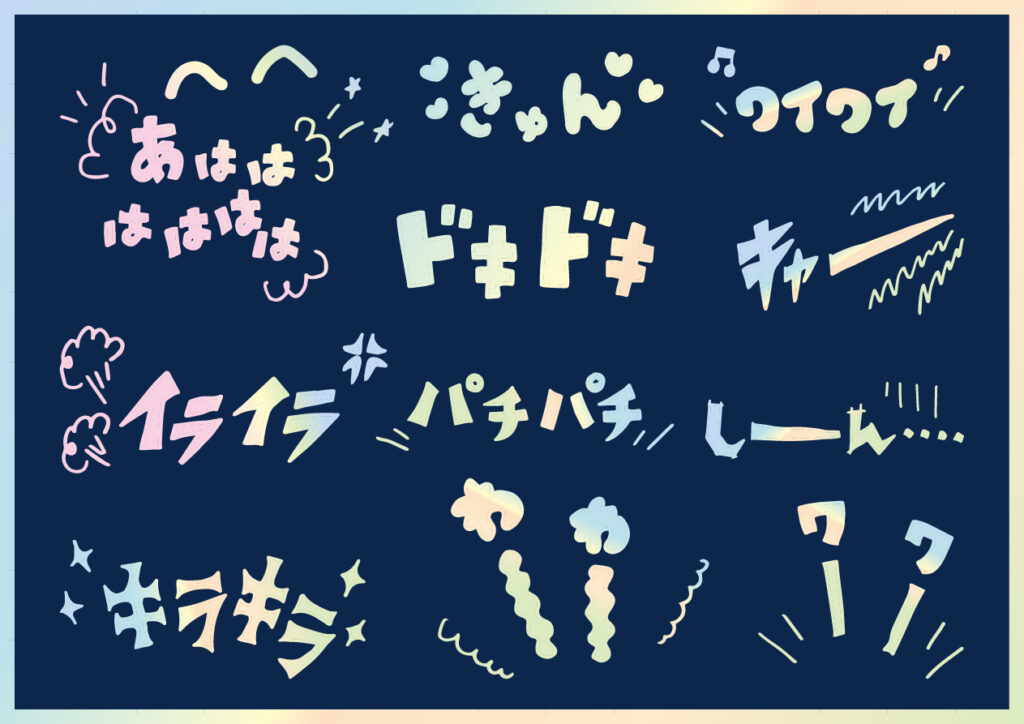
There are so many onomatopoeias in Japanese that English speakers may not have a good picture of them.
Onomatopoeia is basically words that imitate the sounds of human or animal actions, noises, or the appearance of things. When you can use this language, it becomes more realistic, understandable, and interesting when you speak.
Hiragana and katakana in Japanese are associated with the sounds and images of objects.
honorific, humble and polite words
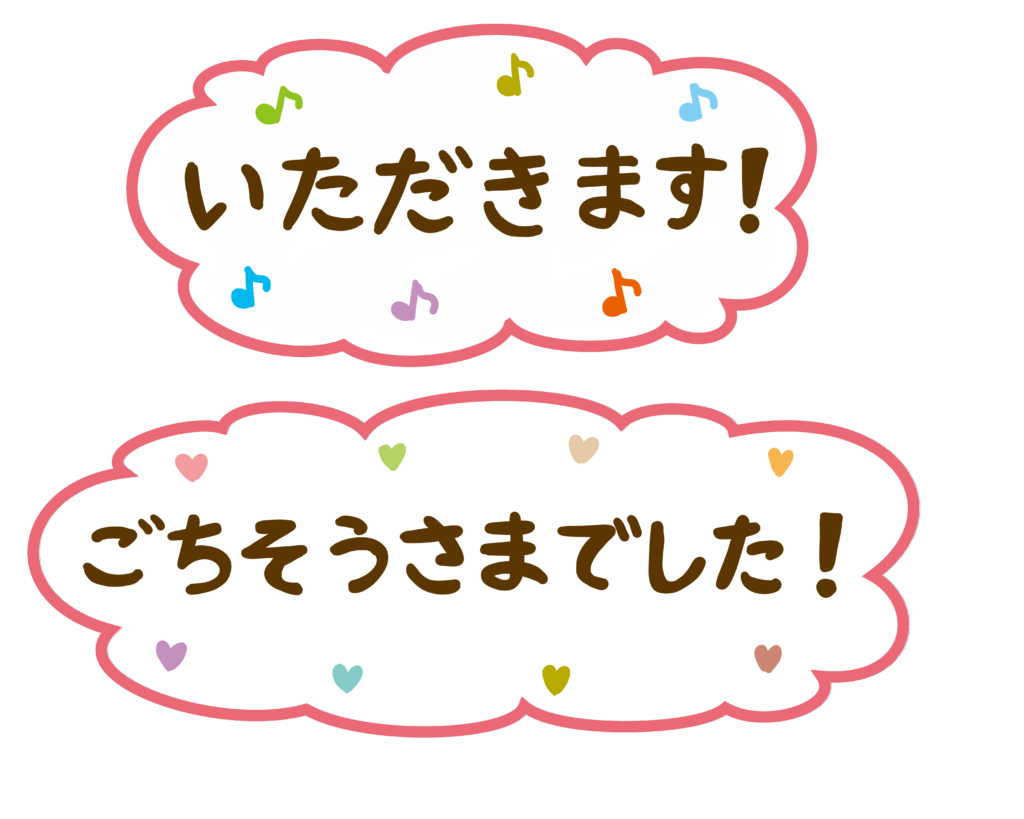
I believe there are polite ways of saying things in English, but we use different words clearly in Japanese.
These can be confusing to learn without knowing the words used to describe the original action, so it is better to learn them after you are able to use casual words.
Using overly polite words where they are not needed is called “inginburei,” and is rude.
Instead, using casual language is better without unusual sentence endings influenced by cartoons.
“Itadaki masu” and “gochisou sama desita” in the picture are said before eating and after.
“itadaki masu” is a humble word when we are given something.
“Gochisou sama desita” is an honorific word for people who prepared the meals and raised the food, and for gods giving us food to live on.
Summary
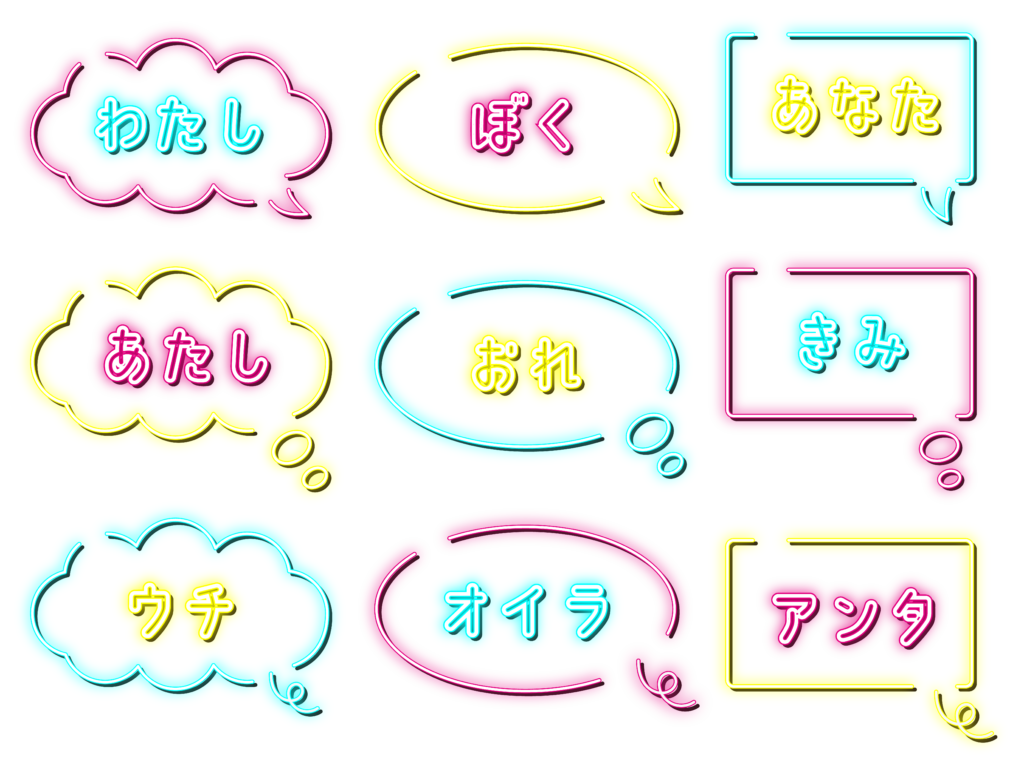
From a Japanese point of view, English is also quite difficult, except for some people who are good at imitating pronunciation, because the origin of the language is quite different and the characteristics of pronunciation are also different.
Japanese is a language that can express emotions and subtle nuances by changing words slightly, even when spoken without effort.
There are also many interesting books, manga, and anime written in Japanese, so enjoy learning while you have fun!
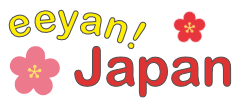
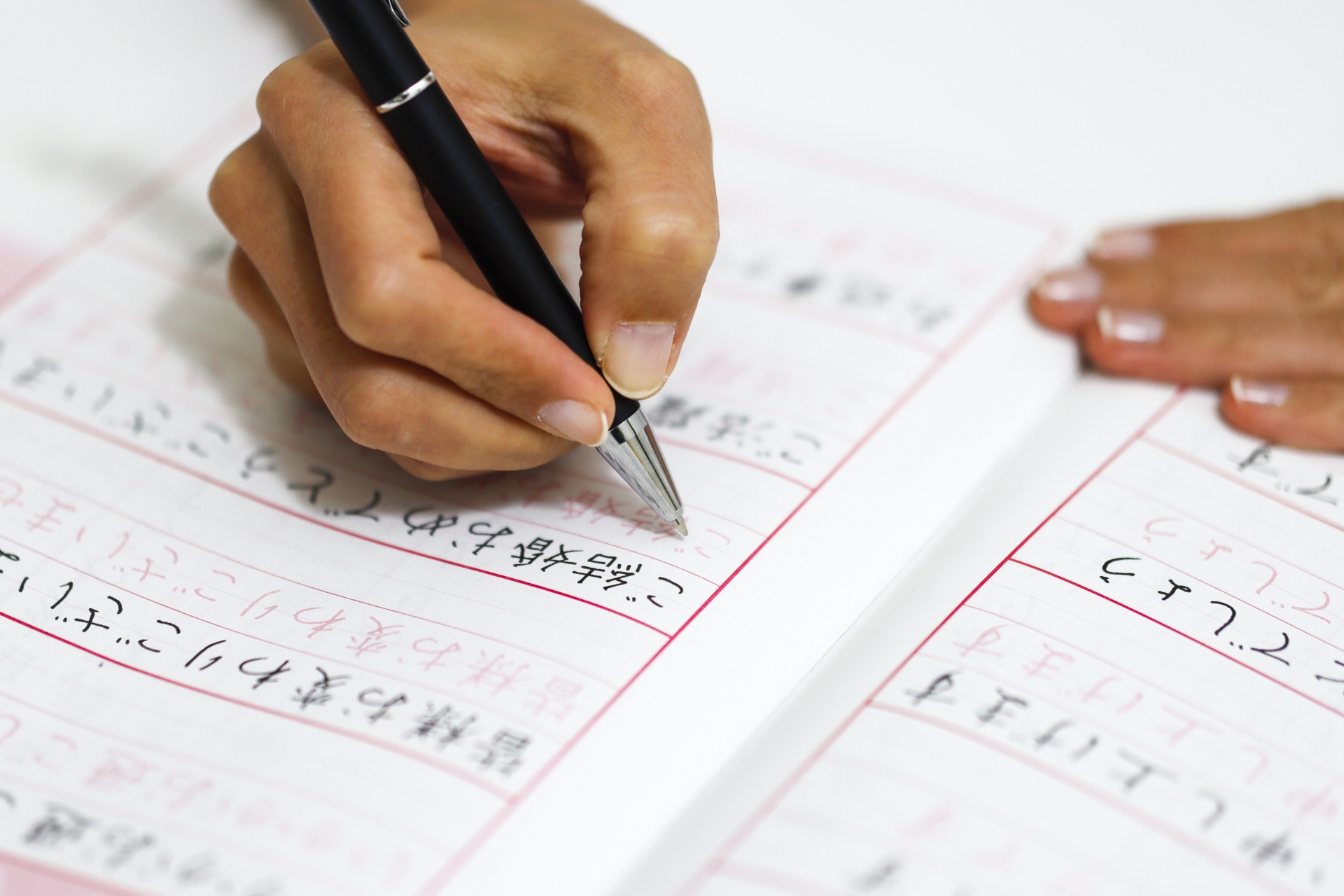
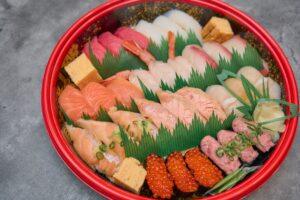

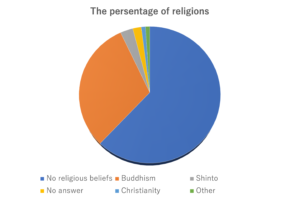
Comments